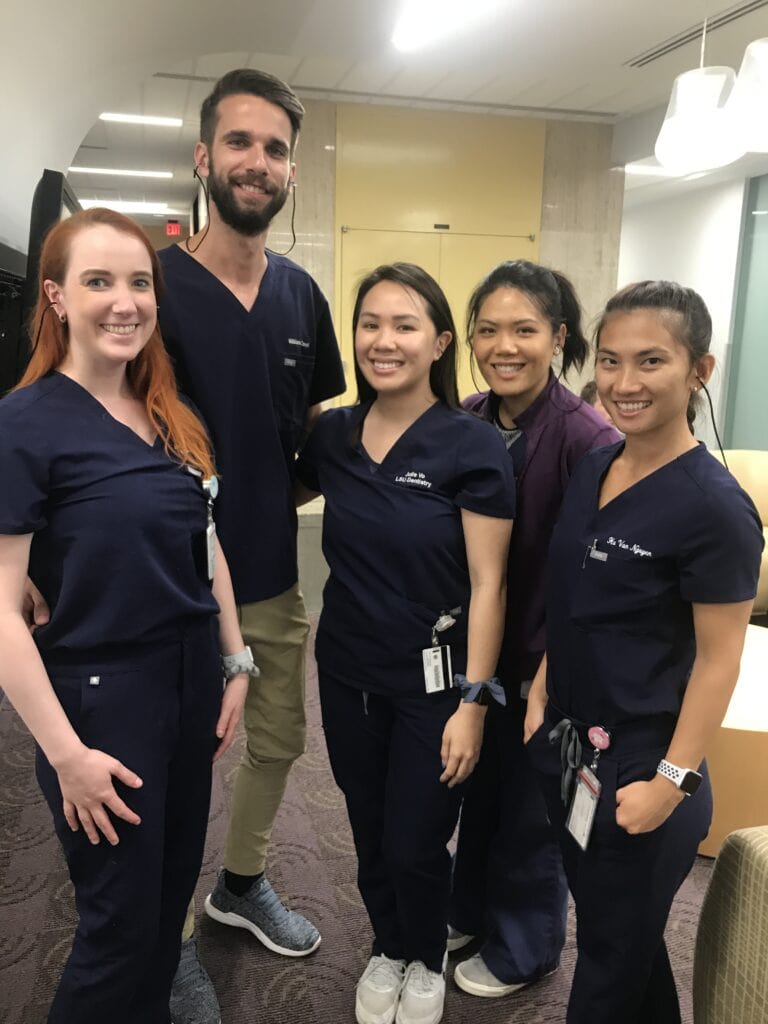Did you know that according to a recent report from the World Health Organization (WHO), millions of adolescents and young adults are at risk of developing hearing loss due to frequent exposure to high sound levels in noisy environments and through the use of personal listening devices? [1]. According to the Journal of the American Medical Association the incidence of hearing loss in US adolescents increased from 14.9% in 1988-1994 to 19.5% in 2005-2006 [2]. The increasing levels of hearing impairment in adolescents has been linked to increased noise exposure experienced by this population on a daily basis [3]. This is a cause for concern because even at mild levels, hearing loss can affect the education process.
A 2009 study determined that Apple Inc. products have the capacity to reach maximum sound output levels of 100-115 dB [4]. Interestingly enough, that same study determined that European models of the same technology are limited to 100 dB, while U.S. models have the means of becoming even louder. This discrepancy in output levels may be attributed to the fact that there are currently no government issued regulations on maximum sound outputs for headphones sold in the United States. This raises a huge concern when you consider that roughly half of the regular iPod users in today’s society are adolescents. Of 6,100 teens surveyed over 44 states, 78% owned iPhones. 100% of iPhone owning teens stated they listen to music or other media services using their iPhones [5]. According to the National Institute for Occupational Safety and Health (NIOSH), at a level of 100 dBA, it is only safe to be exposed to this for a duration of 15 minutes. After 15 minutes the listener is placing themselves at risk for noise induced hearing loss due to high levels of noise exposure for an extended duration. A 2010 study conducted by the Kaiser Family Foundation found children between the ages of 8 and 18 years old devote, on average, 7 hours and 38 minutes a day listening to entertainment media via headphones [6]. This is a tremendous amount of time for which children may be exposed to potentially harmful noise levels.
Alright, now that we got all that technical stuff out-of-the-way we can get to the point. It is becoming more and more common for children to utilize headphones in the same/similar manner for which adults use them (i.e. watching TV, listening to music, playing games, etc.). As we know, noise induced hearing loss is the result of accumulated damage to the auditory system from high noise exposure. If individuals begin to develop and practice these unsafe listening habits during childhood and adolescence, one can only presume that it will have an adverse effect on the incidence of noise-induced hearing loss. Therefore, it should be the responsibility of audiologists to educate individuals, both old and young, about healthy listening habits and the potential risks associated with unsafe headphone usage. As a profession we must continue to be advocates for hearing conservation and actively work to increase awareness.
What are some of the ways you plan to advocate for hearing conservation?
References:
- WHO. Make Listening Safe. Geneva: World Health Organization; 2015. pp. 1–8.
- Hargorodsky, J., Curhan, S.G., Curhan, G.C., & Eavey, R. (2010) Change in prevalence of hearing loss in US Adolescents. The Journal of the American Medical Association. 304 (7): 772-778.
- Su, B., & Chan, D. (2017) Prevalance of hearing loss in US children and adolescents: Findins from NHANES 1988-2010. JAMA Otolaryngology- Head & Neck Surgery. 143(9):920-927. doi:10.1001/jamaoto.2017.0953
- Wen. P. (2009). iHuh? The Boston Globe. Retrieved from: http://archive.boston. com/news/health/articles/2009/05/18/ihuh/?page=2
- Jaffray, P. (2017) A collaborative consumer insights project: Semiannual U.S. teen survey. Piper Jaffray & Co. Retrieved from: http://www.piperjaffray.com/3col.aspx? id=4610
- Rideout, V.J., Foehr, U.G., Roberts, D.F. (2010). Generation M^2: Media in the lives of 8-to 18- year-olds. The Henry J. Kaiser Family Foundation. Retrieved from: https://www.kff.org/other/event/generation-m2-media-in-the-lives-of/
- Fligor. B.J., Levey. S. & Levey, T. (2014). Cultural and Demographic Factors Influencing Noise Exposure Estimates From Use of Portable Listening Devices in an Urban Environment. Journal of Speech, Language and Hearing Research, 57(15) 35-47. doi:10.1044/2014_JSLHR-H-12-0420
Adrienne is currently a third-year Au.D student at the CUNY Graduate Center in New York City. In addition to serving as the New York State Student Ambassador, she is the President of her SAA chapter. Her audiology interests include VNG testing, cochlear implants and professional advocacy. Outside of audiology Adrienne enjoys spending time with her family and exploring new areas of the city.
Related Posts
Wait… Audiologists Can Focus on Hearing Conservation?!
When I was in graduate school earning my AuD, the hearing conservation area was not discussed much. With only one class on the topic of hearing conservation, the concept of preventing hearing loss and hearing disorders was all but lost amidst lectures focused on hearing aids, cochlear implants, vestibular testing, and other methods we, as…
The Dangers of Dentistry: Occupational Hearing Safety
How often do we consider a medical professional to be at risk for occupational hearing loss? Research shows dental professionals are exposed to noise levels as high as 102 dBA, a loudness level far higher than the Occupational Safety and Health Administration (OSHA) sets as their permissible exposure limit (PEL) (Myers et al., 2016). So…
Firearm Suppressors: What Should We Know?
Audiologists have two primary responsibilities: helping people who have some form of hearing loss and working to prevent hearing loss when possible. Let’s focus on the latter obligation. In an industrial workplace exceeding permissible noise exposure limits, both the Occupational Safety and Health Administration (OSHA) and the National Institute for Occupational Safety and Health (NIOSH)…


